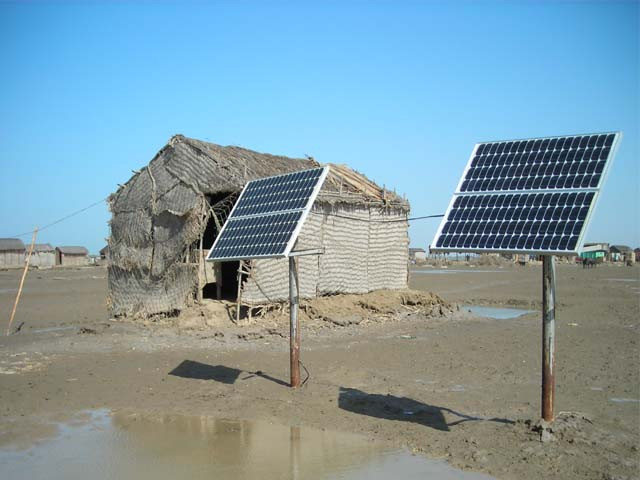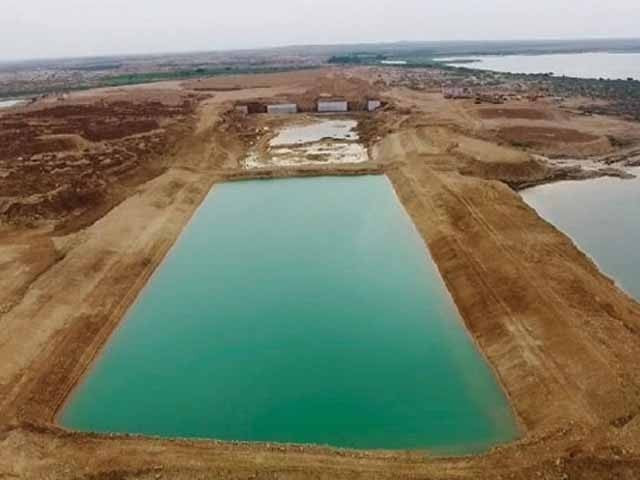Business
Ulta and Target will end deal for in-store beauty shops next year

Target has added new brands to its beauty department. At a growing number of stores, it also has mini Ulta Beauty shops with prestige brands.
Melissa Repko | CNBC
Ulta Beauty and Target said Thursday that they have decided to end a deal that opened makeup and beauty shops in hundreds of Target’s stores.
Shares of Target fell about 2% in early trading, while Ulta’s stock slid about 1%.
In a news release, the companies said the partnership — which also added some of Ulta’s merchandise to Target’s website — will end in August 2026. Target had added more than 600 Ulta Beauty shops to its stores since 2021, according to a company spokesperson. That’s nearly a third of Target’s 1,981 U.S. stores.
Ulta Beauty at Target shops carried a smaller and rotating assortment of the merchandise at the beauty retailer’s own stores. They were staffed by Target’s employees.
The loss of the popular beauty retailer’s products could be another blow to Target as it tries to woo back both shoppers and investors. Target’s annual sales have been roughly flat for four years and it expects sales to decline this fiscal year. Shares of the company are worth less than half of what the were back in 2021, when they hit an all-time closing high of $266.39. It also has faced backlash over both its Pride collection and its rollback of key diversity, equity and inclusion initiatives.
Store traffic for Target has declined year over year nearly every week from the week of Jan. 27, days after the company’s DEI announcement, through the week of Aug. 4, according to Placer.ai, an analytics firm that uses anonymized data from mobile devices to estimate overall visits to locations. Target traffic had been up weekly year over year in the four weeks before Jan. 27.
The only exceptions to that trend were the two weeks on either side of Easter, when traffic rose less than 1% year over year, the firm’s data showed.
On earnings calls and in investor presentations, leaders of the Minneapolis-based company had touted Ulta’s shops and its trendy beauty brands as a way to drive store traffic.
At a investor presentation in New York City in March, CEO Brian Cornell highlighted beauty as a growth category for Target and cited it as reason for confidence in Target’s long-term business. He said the company had gained market share in beauty and its sales in the category rose by nearly 7% in the fiscal year that ended in early February.
Target’s CEO Brian Cornell, 66, is expected to depart the company soon. The longtime Target leader renewed his contract for approximately three years in September 2022 after the board scrapped its retirement age of 65.
David Bellinger, an analyst for Mizuho Securities who covers retailers, said in an equity research note on Thursday that Target’s “messy in-store operations” as well as issues with retail theft and insufficient staffing at stores likely contributed to the companies ending their partnership.
“Overall, we see losing the Ulta shop-in-shop relationship as a negative development and something else Target’s next CEO will have to grapple with,” he wrote.
In a statement on Thursday, Target Chief Commercial Officer Rick Gomez said the discounter is “proud of our shared success with Ulta Beauty and the experience we’ve delivered together.”
“We look forward to what’s ahead and remain committed to offering the beauty experience consumers have come to expect from Target – one centered on an exciting mix of beauty brands with continuous newness, all at an unbeatable value,” he said.
In a statement, Ulta’s Chief Retail Officer Amiee Bayer-Thomas described the Target deal as “one of many unique ways we have brought the power of beauty to guests nationwide.”
“As we continue to execute our Ulta Beauty Unleashed plans, we’re confident our wide-ranging assortment, expert services and inspiring in-store experiences will reinforce our leadership in beauty and define the next chapter of our brand,” she said.
Business
OGRA Announces LPG Price Increase for December – SUCH TV

The Oil and Gas Regulatory Authority (OGRA) has approved a fresh increase in the price of liquefied petroleum gas (LPG), raising the cost for both domestic consumers and commercial users.
According to the notification issued, the LPG price has been increased by Rs7.39 per kilogram, setting the new rate at Rs209 per kg for December. As a result, the price of a domestic LPG cylinder has risen by Rs87.21, bringing the new price to Rs2,466.10.
In November, the price of LPG stood at Rs201 per kg, while the domestic cylinder was priced at Rs2,378.89.
The latest price hike is expected to put additional pressure on households already grappling with rising living costs nationwide.
Business
Private sector data: Over 2 lakh private companies closed in 5 years; govt flags monitoring for suspicious cases – The Times of India

NEW DELHI: The government on Monday said that over the past five years, more than two lakh private companies have been closed in India.According to data provided by Minister of State for Corporate Affairs Harsh Malhotra in a written reply to the Lok Sabha, a total of 2,04,268 private companies were shut down between 2020-21 and 2024-25 due to amalgamation, conversion, dissolution or being struck off from official records under the Companies Act, 2013.Regarding the rehabilitation of employees from these closed companies, the minister said there is currently no proposal before the government, as reported by PTI. In the same period, 1,85,350 companies were officially removed from government records, including 8,648 entities struck off till July 16 this fiscal year. Companies can be removed from records if they are inactive for long periods or voluntarily after fulfilling regulatory requirements.On queries about shell companies and their potential use in money laundering, Malhotra highlighted that the term “shell company” is not defined under the Companies Act, 2013. However, he added that whenever suspicious instances are reported, they are shared with other government agencies such as the Enforcement Directorate and the Income Tax Department for monitoring.A major push to remove inactive companies took place in 2022-23, when 82,125 companies were struck off during a strike-off drive by the corporate affairs ministry.The minister also highlighted the government’s broader policy to simplify and rationalize the tax system. “It is the stated policy of the government to gradually phase out exemptions and deductions while rationalising tax rates to create a simple, transparent, and equitable tax regime,” he said. He added that several reforms have been undertaken to promote investment and ease of doing business, including substantial reductions in corporate tax rates for existing and new domestic companies.
Business
Pakistan’s Textile Exports Reach Historic High in FY2025-26 – SUCH TV

Pakistan’s textile exports surged to $6.4 billion during the first four months of the 2025-26 fiscal year, marking the highest trade volume for the sector in this period.
According to the Pakistan Bureau of Statistics (PBS), value-added textile sectors were key contributors to the growth.
Knitwear exports reached $1.9 billion, while ready-made garments contributed $1.4 billion.
Significant increases were observed across several commodities: cotton yarn exports rose 7.74% to $238.9 million, and raw cotton exports jumped 100%, reaching $2.6 million from zero exports the previous year.
Other notable gains included tents, canvas, and tarpaulins, up 32.34% to $53.48 million, while ready-made garments increased 5.11% to $1.43 billion.
Exports of made-up textile articles, excluding towels and bedwear, rose 4.17%, totaling $274.75 million.
The report also mentioned that the growth in textile exports is a result of improved global demand and stability in the value of the Pakistani rupee.
-

 Sports1 week ago
Sports1 week agoWATCH: Ronaldo scores spectacular bicycle kick
-

 Entertainment1 week ago
Entertainment1 week agoWelcome to Derry’ episode 5 delivers shocking twist
-

 Politics1 week ago
Politics1 week agoWashington and Kyiv Stress Any Peace Deal Must Fully Respect Ukraine’s Sovereignty
-

 Business1 week ago
Business1 week agoKey economic data and trends that will shape Rachel Reeves’ Budget
-

 Politics1 week ago
Politics1 week ago53,000 Sikhs vote in Ottawa Khalistan Referendum amid Carney-Modi trade talks scrutiny
-

 Tech6 days ago
Tech6 days agoWake Up—the Best Black Friday Mattress Sales Are Here
-

 Fashion1 week ago
Fashion1 week agoCanada’s Lululemon unveils team Canada kit for Milano Cortina 2026
-

 Tech1 day ago
Tech1 day agoGet Your Steps In From Your Home Office With This Walking Pad—On Sale This Week


1729471601-0/image-(8)1729471601-0-640x480.webp)








